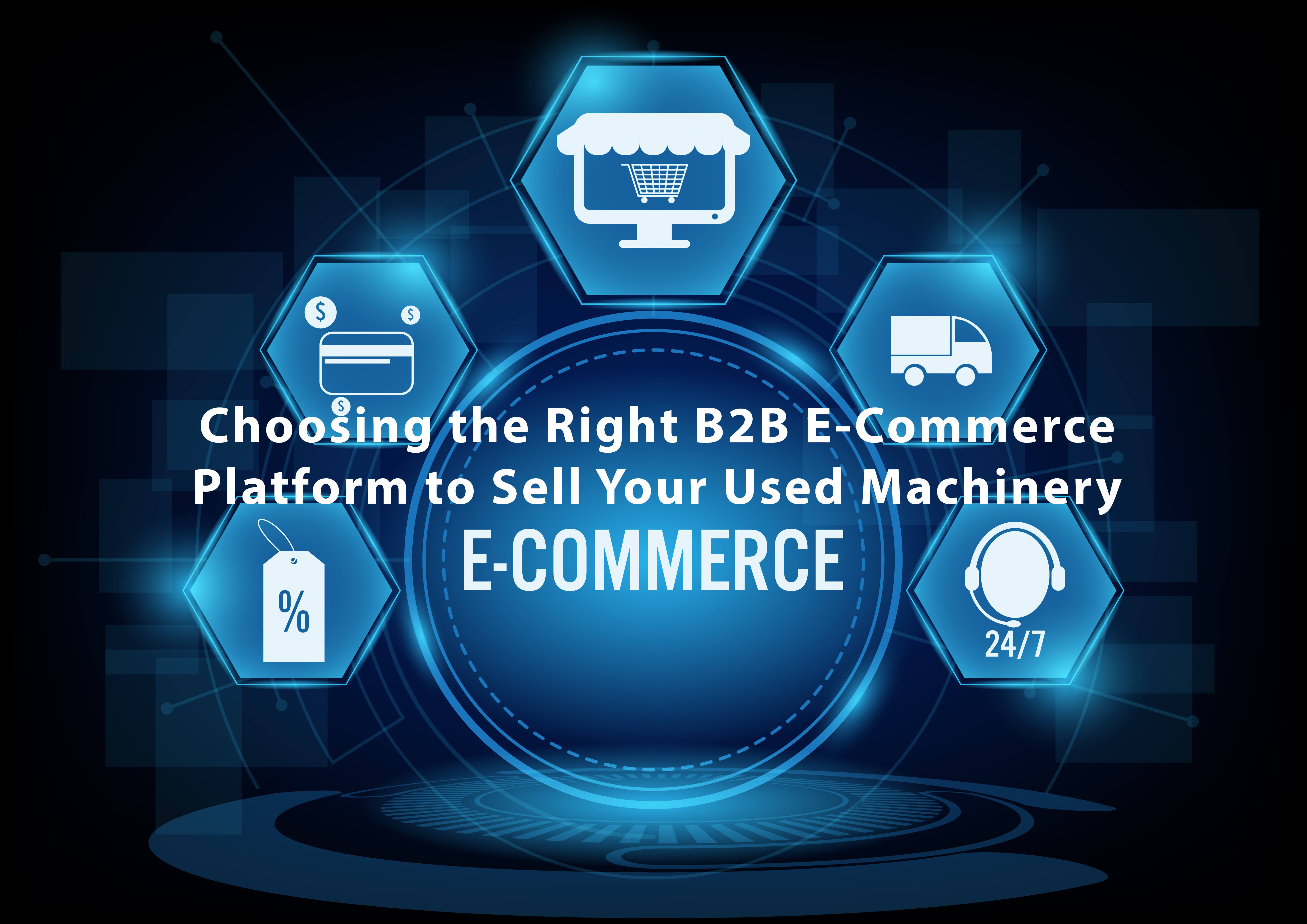Call Centre Industries are generally considered to be the front lines of customer service, serving as a brand expert and customer trusted the human connection to a company all at once. And keeping your employees engaged at work could sometimes turn out to be a difficult task, but it does not have to be.
Chief Human Resource Officer at Paycor Karen Crone defines employee engagement as an engagement to which your employees: Stay with the organization for a longer period of time, talking positively about the company, and last but not least offering a discretionary effort.
5 Major Tips to Increase Employee Engagement in a Call Centre Industry
When employees are engaged they then turn out to become advocates for your company. Time and time again research has proven that happy and engaged employees generally turn out to work harder and work much better. Given here the 5 major tips that would help you to increase employee engagement in a call center industry.
1. Giving the employees the right tool for success with a proper training:
In order to deliver the best results, call center industry agents should here be giving the latest technology for excellent omnichannel customer service, receiving proper training that is required to master the tools. Using a contact center software solution with advanced features would here ensure you quicker, and a much more efficient service helping the agents feel prepared for their next interaction.
2. Communicating with clients:
When there is clear communication between the associate work and business strategy, then a line of sight is created that gives an employee a reason to come and work adding in their best efforts. By being open and acknowledging the dedication of all your employees you make their work much more full filling.
3. Asking for their feedback:
Due to the daily interactions and communication with all your clients and customers, the agents could now provide knowledge on the customer’s behavior and their ideas for one of the best practices during service interactions.
The feedback gained from all your clients and customers helps in improving the customer experiences through surveys, enhancing the call receipts, improving the training methods, and the last but not the least modifying or bringing out new products and services. Providing feedback through official surveys and staff meetings the agents begin to feel that they are a part of your team and to the success of a brand.
4. Personalize Development:
The workforce of a specific organization especially with an addition to the millennials is focussing on how the job experiences could here improve the skill set of the employees and the future of their business organization.
One of the best ways that you could foster the personal development of the workplace would here include creating affinity groups, using subject matter experts within your company as teachers, having employees talking about their strengths and weaknesses.
5. Developing great managers:
Having great managers is really important as the above-mentioned tips depend on having managers who have invested in their associates. Having your managers informed and engaged would make their job of encouraging the employee’s engagement becoming much easier.
Through employee engagement, organizations could here boost up their employee’s motivation, building confidence in the work that they are doing, ultimately leading them to promote exceptional customer service for long-term loyalty.






















